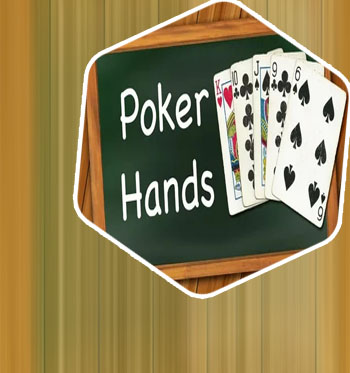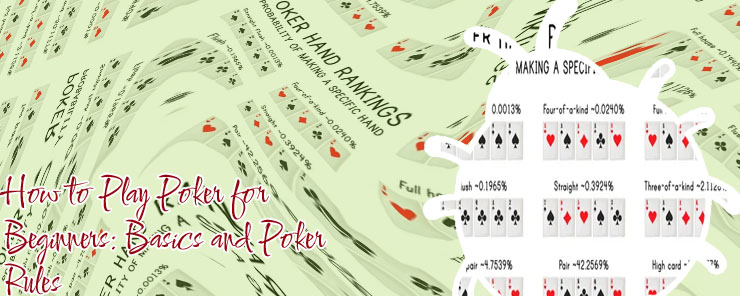Pokerhand
 If you are representing a hand as an array of, for example, Card objects, then I would have methods for looping through this array and determining if it has a 2-of-a-kind, flush etc - and if it does, what type it is; so you could have the 3ofaKind() method return 5 if a hand had three 5s. Then I would establish a hierarchy of possibilities (e.g. 3 of a kind is higher than 2 of a kind) and work from there. The methods themselves should be pretty straightforward to write. A card poker I'm building a function PokerHand() which should take a 5 card hand as a string and score them according to Texas Holdem Rules. I've written the code so that it's first sorted according to rank. So that the hand const handOne = ('AC 4S 5S 8C AH') becomes let sortedHandOne = (which works), and then gets splits into an array of rank and corresponding suits (which isn't working). When I run the suitsAndRank function I am expecting rankArray = and suitArray = but I get empty arrays. I can't figure out why.
If you are representing a hand as an array of, for example, Card objects, then I would have methods for looping through this array and determining if it has a 2-of-a-kind, flush etc - and if it does, what type it is; so you could have the 3ofaKind() method return 5 if a hand had three 5s. Then I would establish a hierarchy of possibilities (e.g. 3 of a kind is higher than 2 of a kind) and work from there. The methods themselves should be pretty straightforward to write. A card poker I'm building a function PokerHand() which should take a 5 card hand as a string and score them according to Texas Holdem Rules. I've written the code so that it's first sorted according to rank. So that the hand const handOne = ('AC 4S 5S 8C AH') becomes let sortedHandOne = (which works), and then gets splits into an array of rank and corresponding suits (which isn't working). When I run the suitsAndRank function I am expecting rankArray = and suitArray = but I get empty arrays. I can't figure out why.
Best flash poker
I've found your problem eventually. The code is changed to give you rankArray and suitArray. There are two issues: Betting procedure Intertops has been around a while, and longevity in this business means you are doing things right. Intertops started in 1996. The site specializes in poker and is quite at home hosting Texas Hold Em games.
Once a player has played all their cards, the hand has finished. The winning player receives 1 point for each card left in other player’s hands, and X^2 points for each two in hand. For example, if a player goes out with four 2s in hand, the winner receives 16 points off their hand. Exclusive PokerStars Bonus The cards are then dealt, and the player receives 5 face-up cards whereas the dealer receives 5 face-down cards with an additional face-up card, totaling 6. It’s this 6th card that gives the dealer the edge, allowing for an extra option to create a strong hand.
Two card poker rules
Questions? Refer to our Poker Hand Calculator FAQ page. 5-Card Draw Poker Rules Two hands that are identical, card for card, are tied since the suits have no relative rank in Poker. In such a case, the tied players split the pot. Note that if two hands contain the same high pair, then the ranking of the next card in the hands determines which one wins. For example: 9, 9, 7, 4, 2 beats 9, 9, 5, 3, 2. Likewise, two hands that have identical pairs would be decided by the fifth card. For example: Q, Q, 6, 6, J beats Q, Q, 6, 6, 10.

Best starting hands in pokerStraight flush pokerDifferent poker handsTo play pokerHigh cards in pokerPoker suit orderTop poker handsPoker scorePoker texas handsPoker starting handsStraight pokerHigh card pokerHold em poker hands3 card poker rulesPoker card rulesRoyal flush pokerPoker sequenceDo you play pokerFlush royal pokerPoker hand rankingPoker card handsPoker hands to playPoker texas holdem handsPoker hands texasPoker card gamesPlaying pokerPoker orderBest card poker


